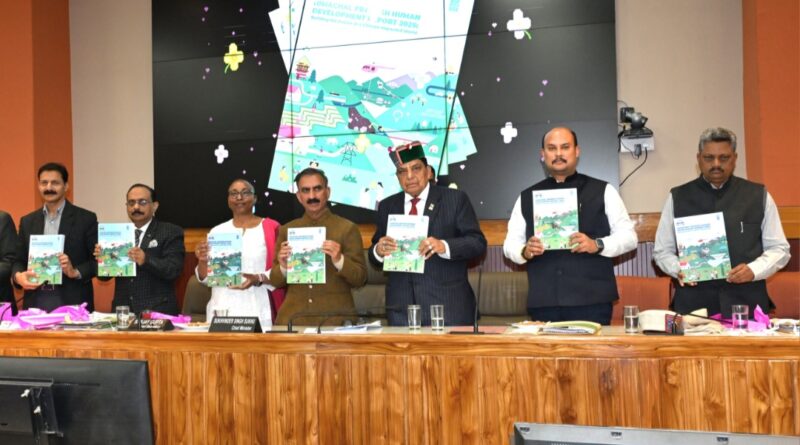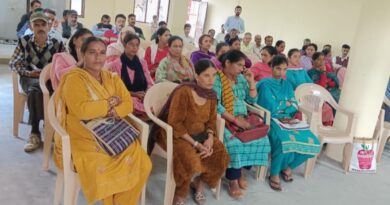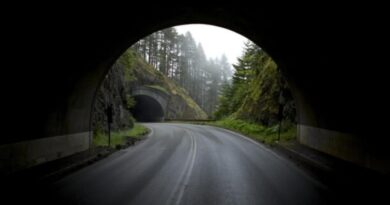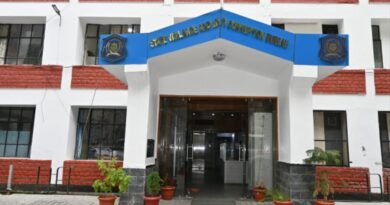Himachal’s Human Development Report 2025: HDI index at 0.78 higher than National average of 0.63
In a proud moment for Himachal Pradesh, Chief Minister Thakur Sukhvinder Singh Sukhu unveiled the Human Development Report 2025 today, celebrating the state’s remarkable journey of growth, resilience, and community spirit. Despite its rugged terrain and unpredictable weather, Himachal has carved out a development path that blends tradition, innovation, and sustainability.
Rising Above the National Average
The report reveals that Himachal’s Human Development Index (HDI) stands at an impressive 0.78 — well above the national average of 0.63. “This is a reflection of our people’s strength and determination,” said the Chief Minister. He highlighted that Himachal has now achieved full literacy, with a rate of 99.30%. In a recent national survey, the state ranked 5th in reading and writing skills, a dramatic rise from its 21st position in 2021.
Health and Hope
The infant mortality rate has dropped to 21 per 1,000 live births, and life expectancy has climbed to 72 years — clear indicators of a robust healthcare system. The poverty rate has also dipped below 7%, signaling inclusive growth and improved living standards.
Investing in People First
While infrastructure like roads and industries continues to expand, the government has also prioritized education, healthcare, women’s empowerment, elderly care, and rural development. “We’re building a future that’s not just strong, but fair and inclusive,” said Mr. Sukhu.
Facing Climate Change Head-On
The Chief Minister didn’t shy away from addressing the climate crisis. “This year’s monsoon was a wake-up call,” he said, referring to the devastating floods, landslides, and cloudbursts that claimed lives and damaged property. Himachal’s forests, rivers, and glaciers are under threat, and the effects of global warming are being felt more intensely than ever.
He urged global unity in tackling climate change, emphasizing that the future must be both human-centric and climate-resilient. “We must act as one family to protect our planet,” he said.
Green Steps Forward
To reduce carbon emissions, the state has launched the ₹680 crore Rajiv Gandhi Self-Employment Start-up Scheme, offering a 50% subsidy on e-taxis. Under the Solar Energy Scheme, interest subsidies are being provided for solar projects in both tribal and non-tribal areas. Himachal has also become the first hill state to adopt a comprehensive electric vehicle policy, aiming to electrify public transport by 2030.
Global Recognition
UNDP representatives praised Himachal’s efforts in green budgeting, climate-sensitive planning, and participatory governance. Dr. Angela Lusigi commended the state’s commitment to sustainable development and resilience-building.
The event saw participation from key ministers, MLAs, and senior officials, including Social Justice Minister Dr. Dhani Ram Shandil, Youth Services Minister Yadvendra Goma, and Chief Secretary Sanjay Gupta.
Himachal’s story, as told through this report, is one of grit, grace, and green ambition — a blueprint for states across India striving to balance development with sustainability.



